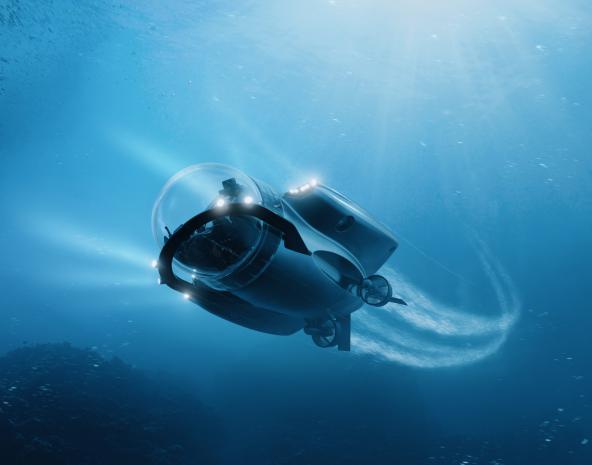
Breaking News
 IT'S OVER: Banks Tap Fed for $17 BILLION as Silver Shorts Implode
IT'S OVER: Banks Tap Fed for $17 BILLION as Silver Shorts Implode
SEMI-NEWS/SEMI-SATIRE: December 28, 2025 Edition
 China Will Close the Semiconductor Gap After EUV Lithography Breakthrough
China Will Close the Semiconductor Gap After EUV Lithography Breakthrough
 The Five Big Lies of Vaccinology
The Five Big Lies of Vaccinology
Top Tech News
 EngineAI T800: Born to Disrupt! #EngineAI #robotics #newtechnology #newproduct
EngineAI T800: Born to Disrupt! #EngineAI #robotics #newtechnology #newproduct
 This Silicon Anode Breakthrough Could Mark A Turning Point For EV Batteries [Update]
This Silicon Anode Breakthrough Could Mark A Turning Point For EV Batteries [Update]
 Travel gadget promises to dry and iron your clothes – totally hands-free
Travel gadget promises to dry and iron your clothes – totally hands-free
 Perfect Aircrete, Kitchen Ingredients.
Perfect Aircrete, Kitchen Ingredients.
 Futuristic pixel-raising display lets you feel what's onscreen
Futuristic pixel-raising display lets you feel what's onscreen
 Cutting-Edge Facility Generates Pure Water and Hydrogen Fuel from Seawater for Mere Pennies
Cutting-Edge Facility Generates Pure Water and Hydrogen Fuel from Seawater for Mere Pennies
 This tiny dev board is packed with features for ambitious makers
This tiny dev board is packed with features for ambitious makers
 Scientists Discover Gel to Regrow Tooth Enamel
Scientists Discover Gel to Regrow Tooth Enamel
 Vitamin C and Dandelion Root Killing Cancer Cells -- as Former CDC Director Calls for COVID-19...
Vitamin C and Dandelion Root Killing Cancer Cells -- as Former CDC Director Calls for COVID-19...
 Galactic Brain: US firm plans space-based data centers, power grid to challenge China
Galactic Brain: US firm plans space-based data centers, power grid to challenge China
High-speed, super agile Super Sub shows up in the flesh at Monaco

The three-person bubble-cabin Super Sub looks like an underwater supercar, and it's quick enough to cruise, if not sprint, with bottlenose dolphins.
We first learned about the Super Sub concept back in 2021, and then took another look in 2022 when the design was revised to make it even faster.
Well, now awkwardly-named Dutch company U-Boat Worx has actually gone and built the thing and shown it off at the Monaco Yacht Show. And if it looked like sci-fi in the renders, it sure seems to look just as nutty in the flesh.
Highly reminiscent of the nasty octopus robot things from the first Matrix movie in flight, the Super Sub's elongated 6.5-meter (21.3-ft) body is designed for the slipperiest possible hydrodynamics. It rocks a full 100 kW of electric thrust, and the thrusters have hydrofoils attached, which can quickly direct the water flow from the thrusters.
These hydrofoils give it the ability to make sharp, banked turns, and ascend and descend quickly at angles up to 45 degrees. Submarine wheelies, anyone? It sure looks a lot more agile than your typical yacht garage submersible.
It's not built to go super deep – 300 m (1,000 ft) under is its limit, but that's probably about as deep as folk want to go in 2023. Endurance from the 62-kWh onboard battery is around eight hours, but life support, oxygen, CO2 scrubbing, interior lighting and communications with the surface will last at least 96 hours, as mandated by DNV rules.
Other safety considerations include an automatic maximum depth protection system, which won't let you go beyond what the sub's rated for, and a dead man's switch that'll automatically resurface the sub if the pilot doesn't hit a button every 10 minutes.



